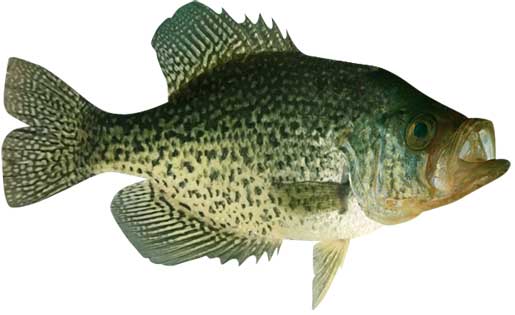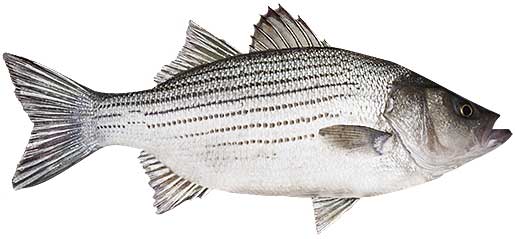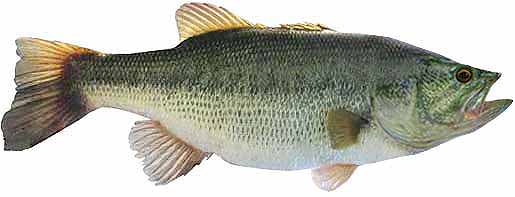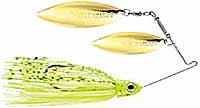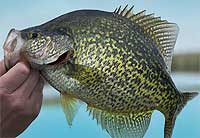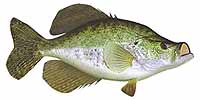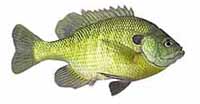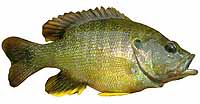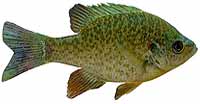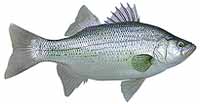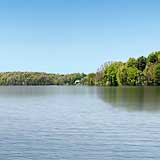Fishing Report For Lake MacBride, IA
By Rick Seaman
August 21, 2025
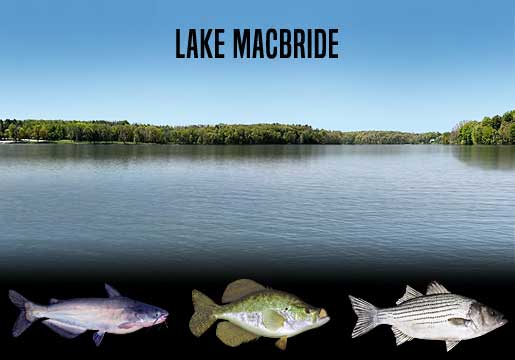
Fishing Reports
Popular Fish Species Lake MacBride, IA
Black Crappie
Current Report: Fair To Good
SUMMER. Water temperatures are currently in the mid to high 70's, and crappie fishing has been slow. Now that the spawn is over, and the hot Summer sun is warming the shallows, crappie have retreated to depths of 10 to 18 feet. This is a good time to focus around rip rap around the causeways, brush piles and lay downs. Anglers are also locating schools of crappie hanging over deeper timber and around creek channel edges.
FALL. Baitfish, which will be moving into shallow flats, coves and bays, will draw crappie into these areas, where they will feed heavily in preparation for the cold Winter. Crappie stay close to the bait in 7 to 15 feet of water. Small spoons, along with legal minnows, hair jigs, and crappie jigs, are all good options during this feeding marathon.
WINTER. Once the shallows start cooling rapidly, crappie will migrate to deeper holding areas, mostly off shore. At this time they are typically caught during the day, using a very slow presentation in 20 to 30 feet of water. Concentrate on deep brush, and submerged creek channels. Evenings, nighttime and early morning draws them a bit shallower, around 10 to 15 feet deep. .
SPRING. In early Spring, crappie begin staging in 8 to 12 feet of water, just outside shallow bays, flats and other protected spawning areas. Spring is prime time to be on the water, as crappie have moved shallow to spawn. At that time, they are typically caught in 2 to 8 feet of water. Brush, wood and vegetation are where most anglers are catching good numbers using small crappie jigs or live minnows. Other good reports are coming from rip rap along the causeways. After the spawn, crappie move outside their spawning area and typically hold on the closest cover. Once they move off the beds, anglers are reporting good success using fish finders and forward facing sonar to locate schools of crappie, which tend to stack vertically around cover. Light tackle with 4 lb to 8 lb line is a popular choice.
Hybrid Striped Bass
Current Report: Poor To Fair
SUMMER. In Summer, these wipers typically hang out in 10 to 15 feet of water, staying close to schools of bait. Sometimes during the heat of the day they move close to the bottom, 30 feet deep or deeper. Morning often draws hybrid stripers to much shallower water, so look for them around the 5 to 10-foot range as they feed on shallow, roaming schools of gizzard shad. Being successful at fishing for wipers in Summer, is a matter of locating schools of bait, and the wolf packs of wipers are likely to be nearby. Fish finders, and sonar electronics, are a big help in locating these roaming schools. Nice wipers are being caught by casting topwater baits to surface activity, and trolling or drift fishing. Spoons, blade baits, crankbaits, live bait and cut bait are all effective here.
FALL. In Fall, hybrid stripers return to windy, shallow points and flats where baitfish are feeding on plankton. Most any lure that resembles baitfish will catch wipers at this time of year. Tailwaters from the Lake Macbride Spillway often hold healthy concentrations of fish.
WINTER. In Winter, hybrid stripers again hang out in deeper water and feed close to the bottom, often 60 feet deep or deeper. In Winter it is important to locate schools wipers, so ice fishing may require a lot of test holes. Fish finders are a big help in identifying these schools. After ice out, nice fish are being caught while trolling or drift fishing. Spoons, swimbaits, blade baits, crankbaits, live bait and cut bait are typically effective this time of year. Due to slower metabolism, anglers are triggering more strikes by making slower presentations.
SPRING. When water temperatures rise into the mid 60's now, it's the ideal time for hybrid stripers to move shallow. Again, windy shorelines are drawing wipers, as the schools of bait are concentrating there, creating an ideal feeding ground. The lake has a decent number of hybrids averaging 2 to 5 pounds, with plenty of 8 pound plus fish being caught. Look for shallow, windy areas next to drop offs into deeper water.
Largemouth Bass
Current Report: Fair To Good
SUMMER. Water temperatures are in the mid to high 70's, so summer patterns are in full swing. Bass are feeding shallow early and late in the day, where they are being caught on topwater, crankbaits and swimbaits. Largemouth bass here feed on gizzard shad, small sunfish and crawfish. During the hotter parts of the day, they are being caught on points, channel edges, and ledges 15 to 35 feet deep. Some fish stay shallow in thick vegetation, and are being caught on frogs, buzzbaits and creature baits.
FALL. When Fall arrives, bass here will follow schools of baitfish into coves and shallow bays where spoons, swimbaits, crankbaits, and slow-rolled spinnerbaits have been successful in prior years. As deeper water cools, bait and bass move out to ledges, channel edges, points and humps where flutter spoons are often the ideal bait.
WINTER. Winter will isolate them around slightly deeper structure, flats, points and creek channels. They can be found from 15 to 40 feet deep. Here they hold, feeding less frequently, awaiting warmer water to return in Spring. A slow presentation is said to be the big key to triggering bites.
SPRING. Once water temperatures rise into the low 60's, largemouth will move from deep wintering holes, to shallower water just outside spawning areas. Jerkbaits, spinnerbaits and vibrating jigs typically get bites just away from the shoreline. At this time they are preparing for the spawn. Once water warms into the mid to high 60's, they will move into 1 to 4 feet of water, and create nests, then lay their eggs. Immediately afterwards, females move to deeper water, and males remain to guard the eggs, and then the fry. After a couple weeks, the males also move to deeper water. Crankbaits, vibrating jigs, plastic worms and swimbaits are catching bass during this period.
Fishing Video
Fish species to fish for...
Guide to fishing for largemouth bass, spotted bass, channel catfish, flathead catfish, black crappie, white crappie, walleye, bluegill, green sunfish, redear sunfish, white bass, hybrid striped bass, muskie and northern pike at Lake MacBride in Iowa.
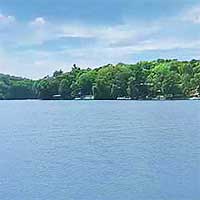
Lake MacBride is an 810-acre lake with about 20 miles of shoreline. This fishery provides fishing for walleye, hybrid stripers, crappie, largemouth bass, catfish, muskellunge, white bass, northern pike and sunfish. There is access for fishing from the bank, including a fishing jetty and a fishing pier.
Primary fish species to catch
Click images for fishing tips and details about each species.
Today's Weather & Forecast
Public Boat Launch Ramps & Landings
Click here for boat ramps.
Fishing License
Click here for an Iowa Fishing License.
Map - Fishing & Access
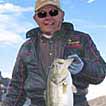
Rick Seaman is a fishing enthusiast with over five decades of fishing experience, a retired tournament fisherman, author of numerous published articles on fishing, and co-author of the book "Bass Fishing - It's not WHAT you throw, It's WHERE you throw it".
Contact Information
Lake Macbride State Park
3525 Hwy 382 NE
Solon, IA 52333
319 624-2200
Fishing lakes in each state
082125
Lake MacBride, IA Report
IOWA


Fishing for bass, crappie and wipers in central IA.


